10 Interesting Facts About Falcons
Falcons are one of nature’s most majestic birds. They are one of the fast birds in the world, and you can find them on every continent in the world except for Antarctica! These birds are swift, beautiful, and intelligent, and we’re going to tell you all about them in this guide.
We’ve got it all, from basic information to tons of fun facts that your biology textbook in school may not cover. Make sure that you read to the end of our guide to find out why they play an essential role in certain cultures and why female falcons sometimes fly upside down!
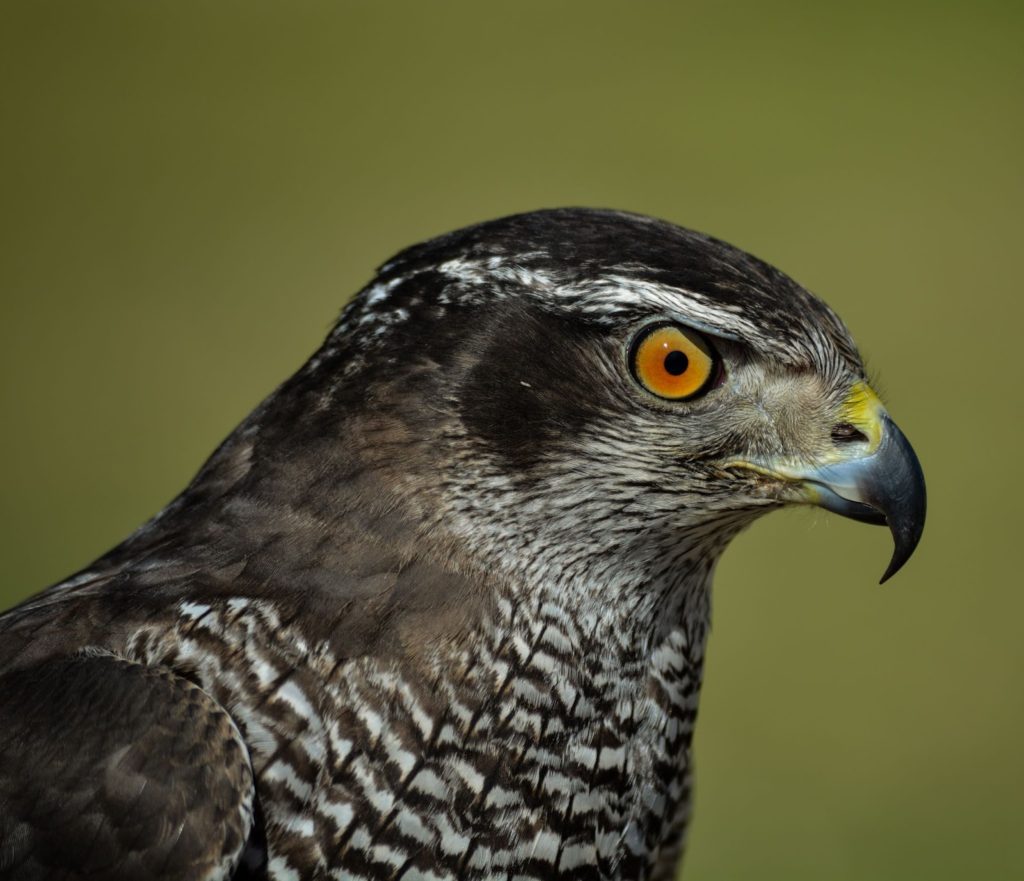
Basic Falcon Facts
Name
The official name for falcons is Falco.
Scientific Classification
The scientific classification of the falcon is as follows:
- Kingdom: Animalia
- Phylum: Chordata
- Class: Aves
- Order: Falconiformes
- Family: Falconidae
- Subfamily: Falconinae
- Genus: Falco
Latin Name
The falcon’s Latin name is Falco, derived from the words falx and falcis, meaning sickle. The sickle refers to the falcon’s strong claws.
Appearance (physical characteristics)
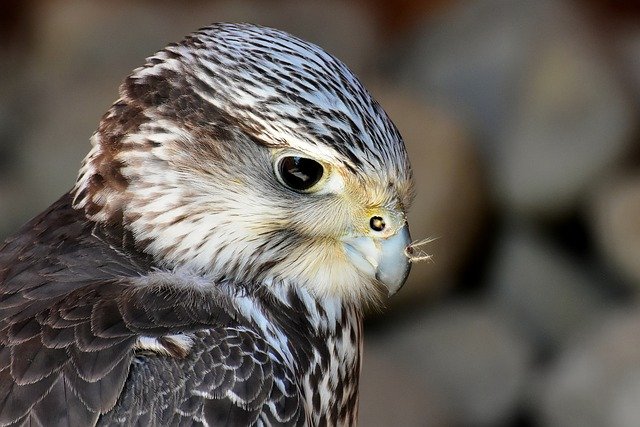
While many often confuse falcons with eagles and hawks, several defining physical characteristics can help you differentiate between falcons and other birds. Falcons have streamlined bodies and tapered wings. Their feathers are brown and white. A distinct feature of the falcon is that it has a groove on the side of its beak that is called a tomial tooth. It helps the falcon kill its prey more easily.
Types of Falcon Birds
Some commons types of falcon birds are:
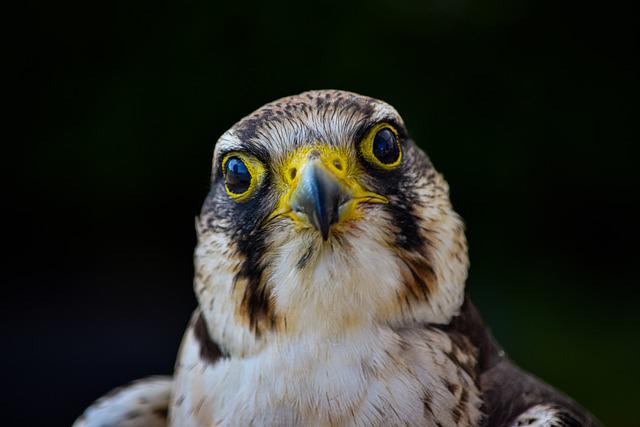
- Peregrine falcons
- Merlins
- Common kestrels
- Lanner falcons
- Barbary falcons
- Black falcons
- Gyrfalcons
- Greater kestrels
- Spotted kestrels
- Nankeen kestrels or Australian kestrels
- Bat falcons
Size and Weight
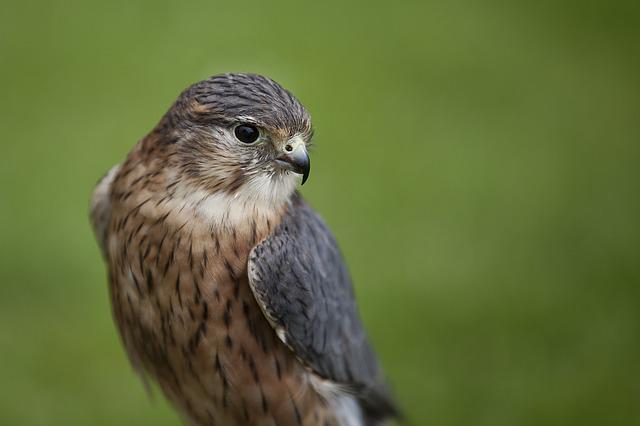
The average falcon weighs around one to three pounds. The falcon’s size depends on the species, but the smallest falcon is the pygmy falcon, only 20 centimeters wide. On the other hand, the largest falcon is the gyrfalcon, which is over 60 centimeters wide.
Habitat and Range
Researchers discovered that falcons live on every continent except Antarctica, indicating that their habitats are not restricted to one type of land. You can find falcons on grasslands, in various kinds of forests, deserts, and in some cases, arctic tundras.
Diet
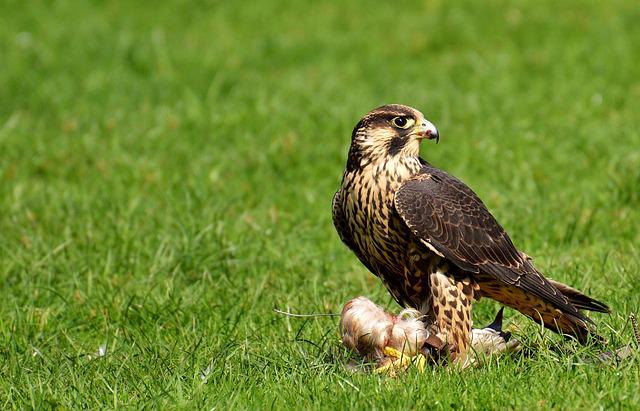
Falcons are predatory birds, which means that their diets consist of animals. It’s also worth noting that the average falcon’s diet changes depending on where it is located. They eat anything from rodents, squirrels, gophers, and rabbits. Falcons also eat other birds like quails and pigeons. Falcons also prey on deers, chickens, and sparrows in some cases.
Life Expectancy
The average falcon lives for 13 to 15 years.
10 Interesting Falcon Facts
Here’s a list of exciting falcon facts you may not have learned about before!
Falcons are sexually dimorphic.
Sexual dimorphism refers to the condition where the male and female creatures of a species display different physical characteristics. In the same way, that male peacocks have blue and green feathers while females are brown, falcons are also sexually dimorphic. This means that the female falcons are typically much bigger than the male falcons, indicating a more extensive range of species preyed on by falcons.
There are more than 40 species of falcons divided into subgroups.
The falcon genus contains more than 40 species. These species are divided into a few main groups:
- The first group consists of a few African falcons and kestrels; these birds have a stocky build, a more petite frame, and brown or grey feathers. They eat rodents and reptiles.
- The second group consists of bigger falcons with dark grey or black feathers. They eat other birds.
- The third group comprises the peregrine falcons, which are some of the fastest birds of the species. They also eat other birds.
Peregrine falcons can be found in all parts of the world.
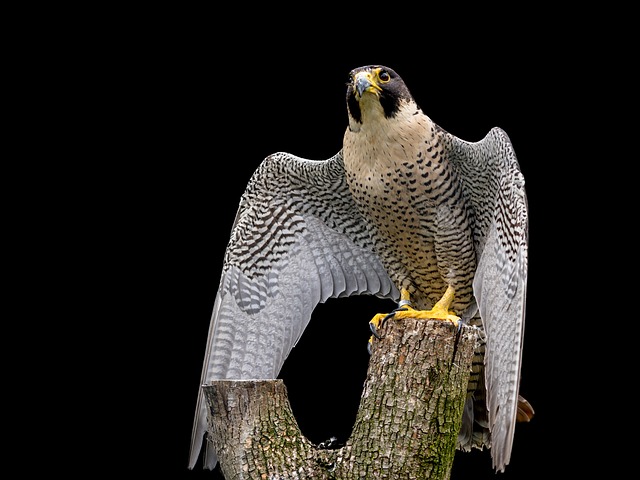
The peregrine falcon is one of the most common types of falcons because you can find it in almost any part of the world. While peregrine falcons don’t live in polar regions, tropical forests, or at high altitudes, they live in most of the world! As a result, peregrine falcons are considered to be the most widespread raptor in the world as a whole.
The peregrine falcon is the fastest type of falcon in the world.
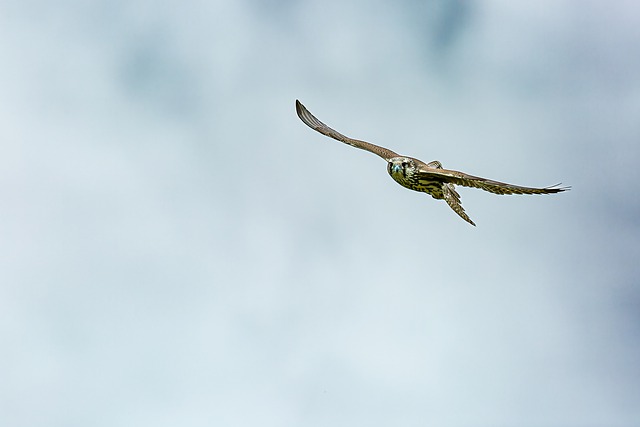
One of the most notable features of the peregrine falcon is its ability to fly extremely fast. It performs a flying technique called a ‘stoop,’ which means it soars very high into the sky then dives towards the ground very steeply. The peregrine falcon’s dive happens at a speed of 320 kilometers per hour to catch its prey. It uses one of its wings, taking care to hurt its prey while preventing injury from happening to itself.
Falcons have tubercles on their nostrils.
Since falcons fly at high speeds, their nostrils must remain protected from the strength of airflow in the sky. However, researchers haven’t fully understood how falcons retain their site while enduring the strong air conditions while flying. Many speculate that their bony tubercles help them breathe effectively while coping with the air conditions. The tubercles move the air away from their nostrils.
Falcons mate for life.
One of the most exciting facts about falcons is that they mate for life! These birds usually reach sexual maturity after two or three years. Once they have chosen a partner, the falcons make sure to go back to the same nesting place every year.
Female falcons fly upside down when courting.
When a pair of falcons go through the period of courtship, they fly together and display a series of complex and unique movements. These include types of acrobatics in the air, diving, and spiral-like movements. During a courtship flight, if a male falcon catches a bird for prey during a courtship flight, it will use its talon to throw the prey to the female falcon mid-air. The female, in turn, flies upside to catch the prey. This behavior is typical during their courtship.
Falcons are one of the easiest birds to train.
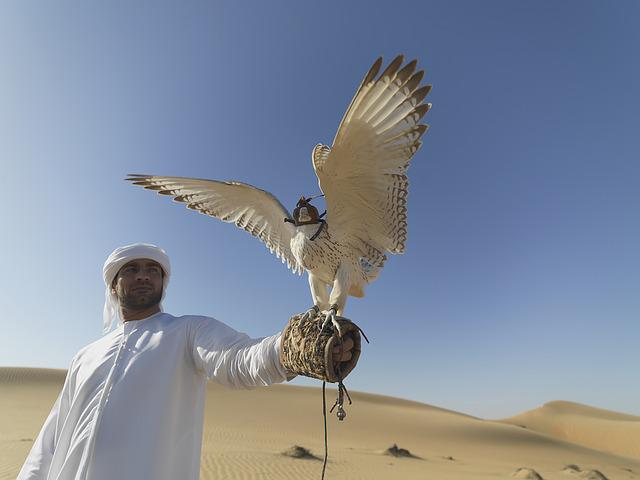
The peregrine falcon, in particular, has a strong relationship with humans. As a result, it has become one of the easiest birds to train with humans using falcons to perform tasks like chasing pigeons away at airports.
Falcons have powerful eyesight.
One of the main reasons that falcons are some of the most powerful birds on earth comes from their eyesight. Researchers have discovered that the average falcon’s eyesight is eight times more powerful than a human’s. Their sight allows them to see their prey from great distances and catch them with incredible accuracy.
Falcons play an essential role in various cultures.
Egyptians used the peregrine falcon’s head to represent the sun god Ra, with the head of the falcon atop the body of a man. Additionally, Europeans in the Middle Ages viewed the peregrine falcon as a majestic bird, giving it the same importance as a prince in the birds of prey hierarchy.
Conclusion
Falcons are powerful and regal birds that have served humans and the animal kingdom in different ways throughout the centuries. Our guide attempted to walk you through a detailed explanation of some of the most exciting and notable facts about falcons. We made sure to include as much information as possible. Don’t forget to refer to our list the next time you need some quick bits of knowledge!
